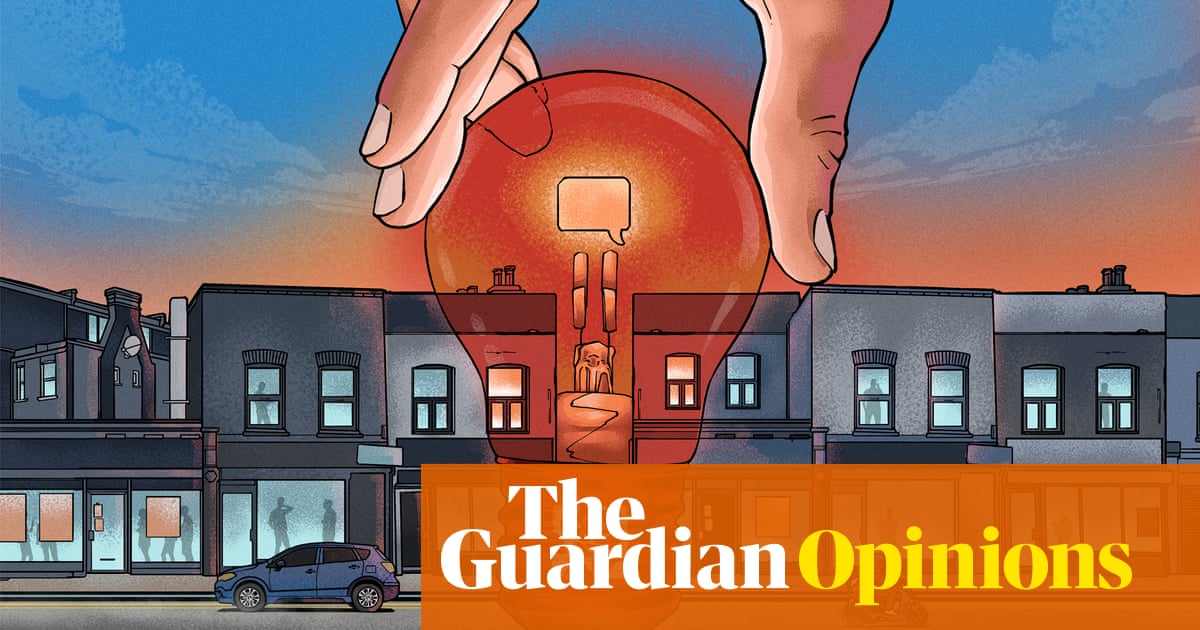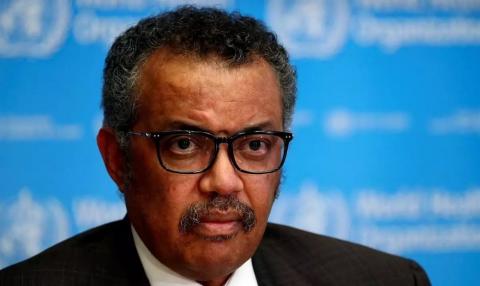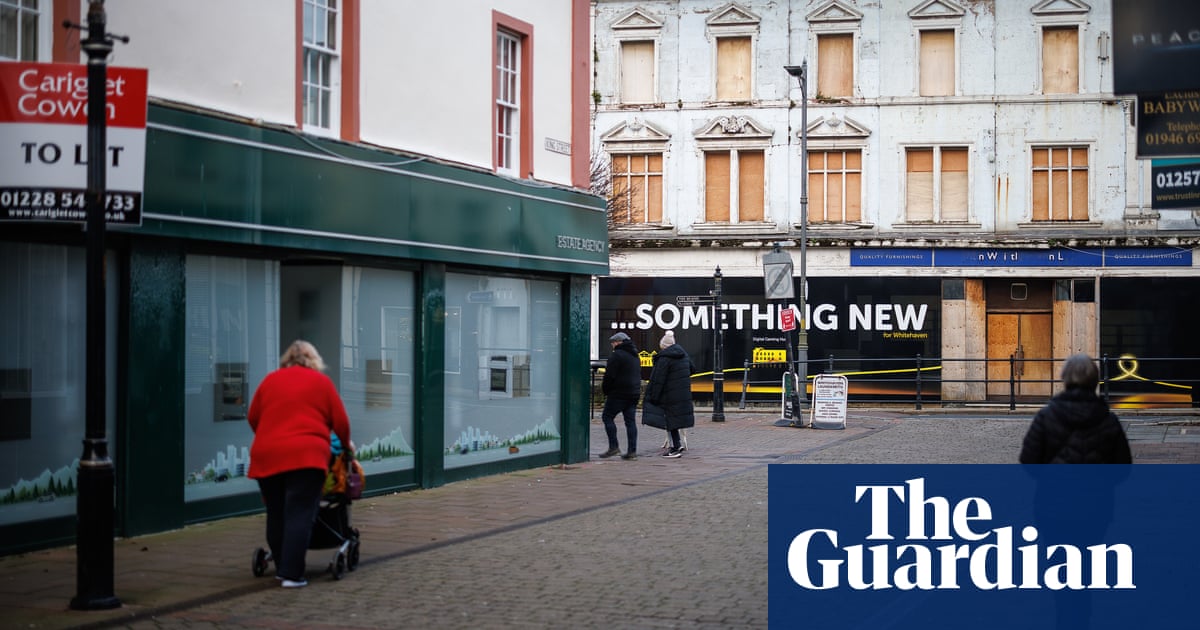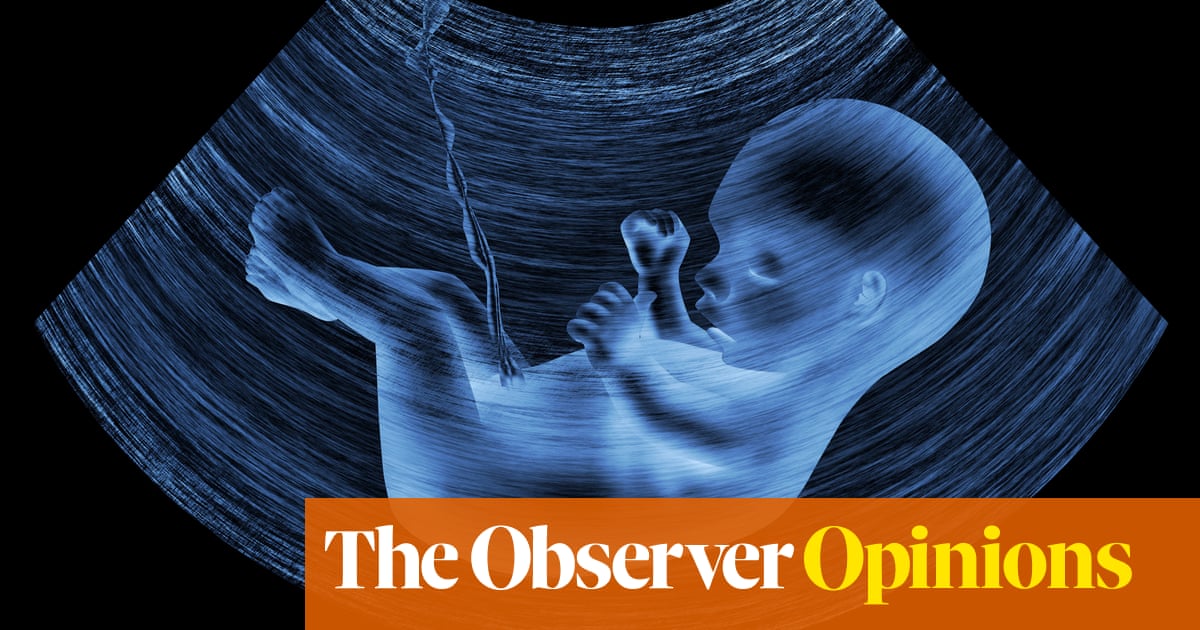
Investors were shaken last month to learn that Burberry boss Marco Gobbetti was quitting to return to Italy after almost five years at the helm of the British luxury brand, news that led to the shares falling nearly 9%.
His departure, and Burberry’s succession plans, are bound to trigger many questions from shareholders at the company’s annual meeting in London on Wednesday. Gobbetti is the man credited with turning around the fashion brand – known for its trenchcoats and check scarves – since he took over as chief executive from Christopher Bailey in 2017.
Versace’s Jonathan Akeroyd, Alexander McQueen’s Emmanuel Gintzburger and the former Tiffany boss Alessandro Bogliolo have been mentioned as potential candidates to succeed Gobbetti.
The luxury goods veteran, who led brands including Céline, Givenchy and Moschino before joining Burberry, is staying until the end of the year, giving the company time to find a successor. He will go on to run the smaller luxury fashion brand Salvatore Ferragamo, based in Florence and famous for making shoes worn by Hollywood stars including Marilyn Monroe and Audrey Hepburn – a job that will take him back closer to his family and friends.
Another burning question for investors is whether Riccardo Tisci, Burberry’s creative director, will follow him out the door. The Italian fashion designer is also thought to have found it difficult to be away from family in Italy during the pandemic.
Jefferies analysts Flavio Cereda and Kathryn Parker said that, while results had been mixed so far, with Burberry one of the luxury brands hardest hit by the economic downturn from coronavirus, the new chief executive should stick to the current strategy as “a further shift in direction would be unhelpful at this time”. Retaining Tisci is also crucial – “any new CEO better get along with him”.
In recent years, Burberry has reduced discounting, focused on streetwear and used stars such as the footballer Marcus Rashford to broaden its appeal to younger shoppers. It is also digital-savvy: to mark the recent launch of its pocket bag, it created an augmented reality experience that allows users to design their own 3D pocket bag sculptures and to share them on social media.
In first-quarter results due two days after the AGM, Burberry is expected to reveal a 71% surge in comparable retail sales to £439m between April and June from a year earlier, when travel restrictions and store closures sent sales plunging. However, this would still be 13% below pre-pandemic levels of £498m.
The Jefferies analysts expect strong sales in the Americas, helped by ad campaigns such as for the Olympia bag, and in Asia, although Chinese sales are set to have weakened slightly in the fallout from the Xinjiang cotton scandal. An international backlash followed claims that the Uyghur minority in the region were being used as forced labour in clothes factories, prompting China to hit back against some western brands, including Burberry, and to champion local alternatives.
Susannah Streeter, senior investment and markets analyst at Hargreaves Lansdown, said Gobbetti would leave the company in “stylish shape” as it continued its recovery from Covid but that pressures remained.
“New collections are resonating very well, which is testament to Burberry’s efforts to consolidate itself at the more exclusive end of the luxury chain.
“Crucially, the all-important Asian market is rebounding strongly. But Mr Gobbetti will be a hard act to follow, and his replacement will be a crucial pick.’’












